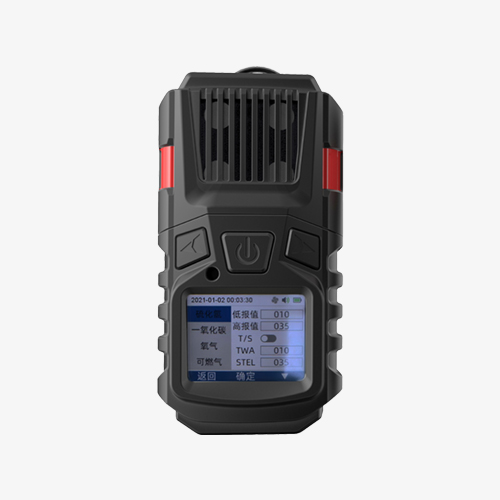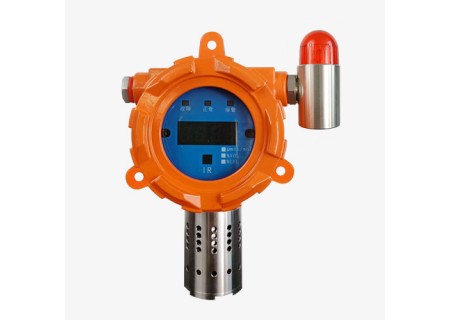What does lel stand for in gas detection

Nowadays, we can see gas detectors everywhere in petrochemical, chemical manufacturing, pharmaceutical microbiology and other industries. Whether it is to detect gas concentration or gas composition, or to detect gas micro-leakage, an easy-to-use gas detector The detector can provide a safe environment for our production and life. However, when we use gas detectors on a daily basis, the detection range on the LCD label of the gas detector often appears with words similar to 0-100LEL. So do you know what does lel stand for in gas detection? The editor of Fosensor will introduce it to you below:
What does lel stand for in gas detection
LEL refers to lower explosion limit, which is a technical term for flammable gases. The lowest concentration of flammable gas that explodes when exposed to an open fire in the air is called the lower explosion limit - "LEL" for short. English: Lower Explosive Limit.
When the concentration of combustible gases in the air reaches its lower explosion limit, the explosion risk of the combustible gas environment in this place is 100%, that is, 100% LEL. If the combustible gas content only reaches 10% of its lower explosion limit, the explosion risk of the combustible gas environment in this place at this time is 10% LEL; monitoring of combustible gases in the ambient air often directly gives the risk of the combustible gas environment. That is, the content of the combustible gas in the air is expressed as a percentage of its lower explosion limit: "%LEL"; therefore, this kind of monitoring is sometimes called "explosion detection", and the monitoring instrument used is also called "explosion detector".
In the industrial production process, the role of Industrial Gas Detector is to monitor the gas concentration in the environment to ensure the safety of employees. Among them, LEL is one of the important indicators to measure whether the gas concentration is safe. It is a percentage value that represents the minimum content of flammable gas in a mixture of flammable gas and air. For example, if the LEL is 10%, it means that out of 100 parts by volume of a mixture of flammable gas and air, at least 10 parts need to be flammable gas in order for the mixture to be explosive.
When the gas detector detects that the gas concentration in the environment exceeds the LEL, it will sound an alarm to remind staff to take appropriate measures, such as ventilation, dilution, etc., to reduce the gas concentration. If the gas concentration exceeds the higher upper explosion limit (UEL), an explosion may occur.
Therefore, LEL is an important parameter in gas detectors. Understanding and mastering the meaning and application of LEL will help us better understand and use gas detectors to ensure workplace safety.








-450x320.jpg)


